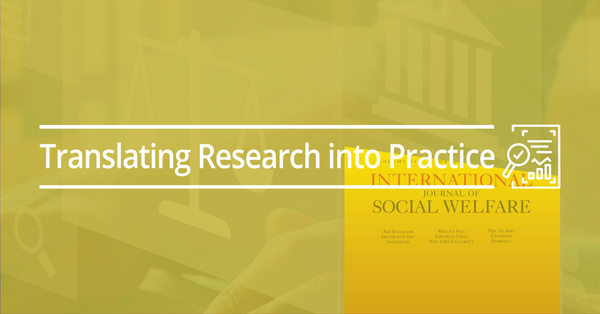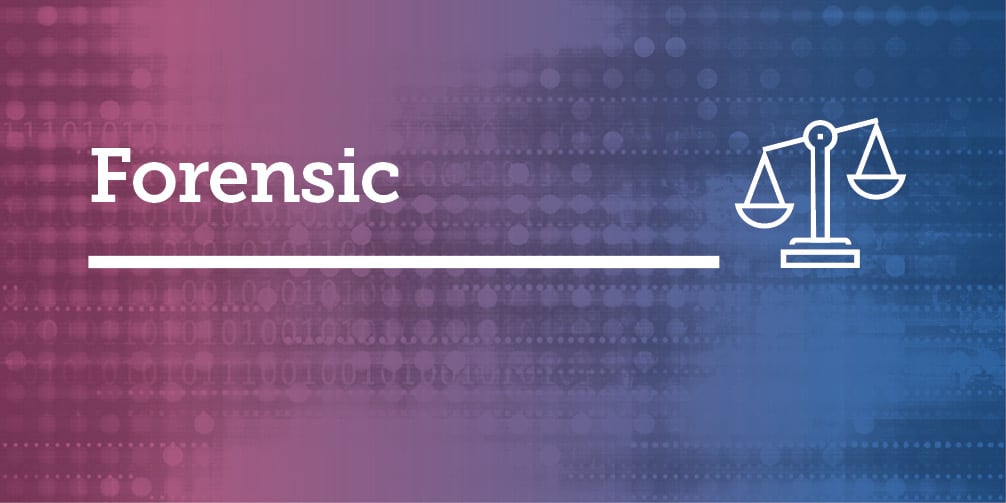Featured Article
Article Title
The illusory correlation between parental alienation and other forms of family violence
Authors
Hesam Varavei - Department of Psychology, Colorado State University, Fort Collins, Colorado, USA
Jennifer J. Harman - Department of Psychology, Colorado State University, Fort Collins, Colorado, USA
Abstract
There has been considerable public discourse around courts allegedly “dismissing” mothers' allegations of domestic violence and child abuse when a father alleges that he is being alienated from his children by their mother. The purpose of this project is to test whether this discourse is based on an illusory correlation. Published court decisions from 200 family court cases in Canada were sequentially selected if parental alienation was alleged to have happened to the father and abuse was alleged to have been perpetrated by the father. Independent coders recorded the investigative outcomes of the court cases regarding alienation and abuse, and whether the mother lost child custody. Results indicate that there is an illusory correlation between family court cases involving both allegations of abuse and parental alienation, and that mothers are generally not losing custody to abusive fathers in such rarely occurring cases.
Keywords
abuse allegations, court cases, court decisions, custody, illusory correlation, parental alienation
Summary of Research
“Illusory correlations, which are reports of associations between two or more classes of events that are not correlated…are one way narratives [that] can be manipulated to impact an intended audience… One recent illustration [has] been the media's portrayal of parental alienation (PA) in relation to intimate partner and child abuse cases, as well as within legislation that impacts the lives of families” (p. 1-2).
“There is burgeoning scientific support for the argument that PA refers to an outcome of family violence whereby a coercively controlling and abusive parent influences a child to reject or refuse to have a relationship with a parent for untrue, illogical, or exaggerated reasons. When children adopt the belief, their rejected parent never loved them, abandoned them, is unsafe or unfit, they can manifest psychological and behavioral symptoms that are unique for alienated children [and] not likely to be found among children experiencing other forms of family conflict, such as parental estrangement or loyalty conflicts. Despite several decades of [scientific research] on PA, there have been a vocal group of critics who have claimed that this research [is] just an invention created by legal professionals representing abusive fathers who are attempting to deflect abuse allegations leveraged against them; even though courts systems, such as Canadian courts, have accepted PA as a real scientific concept and have taken judicial notice that it is not a phenomenon that is in children's best interests” (p. 2).
“If the narrative is true that mothers lose custody of their children to abusive fathers who have claimed to be alienated at high rates and as disseminated by the media, it remains unclear why advocates would need to manipulate and distort the narrative details of a story… to support their legislative agenda. Indeed, scientific, peer-reviewed research supports a very different state of affairs: claims of abuse [are] made in fewer than half of cases involving allegations or findings of PA… allegations of abuse, when made in family court, were investigated and considered very carefully by Child Protection Service (CPS), police, legal and mental health professionals; and mothers were not likely to lose custody of children when the courts had found that the father who alleged or was found to have been alienated from their children was also abusive. The purpose of the current study is to examine whether the narrative that mothers lose custody of their children to abusive fathers who claim to have been alienated from their children by her is reflected in real life legal decisions” (p. 3).
“...If it is found that these outcomes do not occur in real life as often as they have been portrayed, then the narrative being pushed by such advocates has the potential to harm millions of families across the world” (p.4).
“... 200 cases [met] our inclusion criteria out of 1500 cases published over an 8-year time span… abuse variable for our analyses was created… If there was not court involvement, and the allegation was only investigated by other third parties, the outcome from that investigation was used… The final variable we coded was whether the mother lost custody of her child(ren) as part of the court's decision… trial-level decisions from Canada involving alleged or found PA and abuse allegations involving the father was small, with only 13.3% of all 1500 cases… Importantly, of the 578 decisions involving a father who alleged or was found to have been alienated from his children, 34.6% of these had any allegation of abuse made against him. In other words, a little over 1/3 of PA cases involving a father (whether found or only alleged) had any allegation of another type of abuse made against him by anyone” (p. 4-6).
“Illusory correlations are often used for persuasive purposes to manipulate an audience's attitudes and behaviors. The purpose of the current study was to examine whether one particular correlation that has been portrayed in the media and recent US legislation, is an illusory one.
We examined whether claims made about mothers losing custody of children to abusive fathers who claim to have been alienated from their children are reflected in real life court decisions. Using all available trial-level decisions published in Canada over nearly an 8-year period, we found support for our two hypotheses, indicating that an illusory correlation has been created and is being used to promote a political agenda by those that disseminate it” (p. 9).
Translating Research into Practice
“The results from this research could be used to create or improve policy such that PA is recognized as another form of family violence that should be prevented and addressed when it occurs. Continuing to deny or ignore the reality of PA only serves to protect abusive parents, regardless of their gender… Future research should aim to replicate these results in other contexts and to test alternative hypotheses, such as how often mothers gain custody of children when they allege abuse against fathers, even if the abuse is not substantiated by any investigative party, or whether a mother claiming PA is more likely to obtain custody of their children than a father” (p. 10).
“Legal protections for families from all forms of family violence, including PA, should be based on scientific evidence rather than crafted rhetoric and the limited, unreviewed, and poorly executed research projects published by critics of PA” (p. 10)
Other Interesting Tidbits for Researchers and Clinicians
“This study contributes to a growing body of research showing how PA is not just an allegation a parent can make in court and be believed on its face- like other forms of abuse, the court and court-appointed third parties took such allegations seriously, particularly when there are also allegations of other forms of abuse.
Regardless of whether a finding of PA is made by a court-appointed third party or the court itself, some PA critics discount such allegations made by fathers because they often refer to those scholars who acknowledge it as just holding a “belief system” that is not grounded in evidence. Disturbingly, these critics and others have been promoting a narrative regarding an illusory correlation between PA and abuse allegations in the media and popular culture that persists, despite findings reported here and in recent research published by other scientists indicating that this association is small and/or not statistically significant.
While there may be isolated cases where such an association exists that affects child custody outcomes alleged by PA critics, it is concerning that details from anecdotal stories [have] been distorted to create a moral panic that supports a political agenda that can harm many families around the world” (p. 10).
Additional Resources/Programs
As always, please join the discussion below if you have thoughts or comments to add!



























